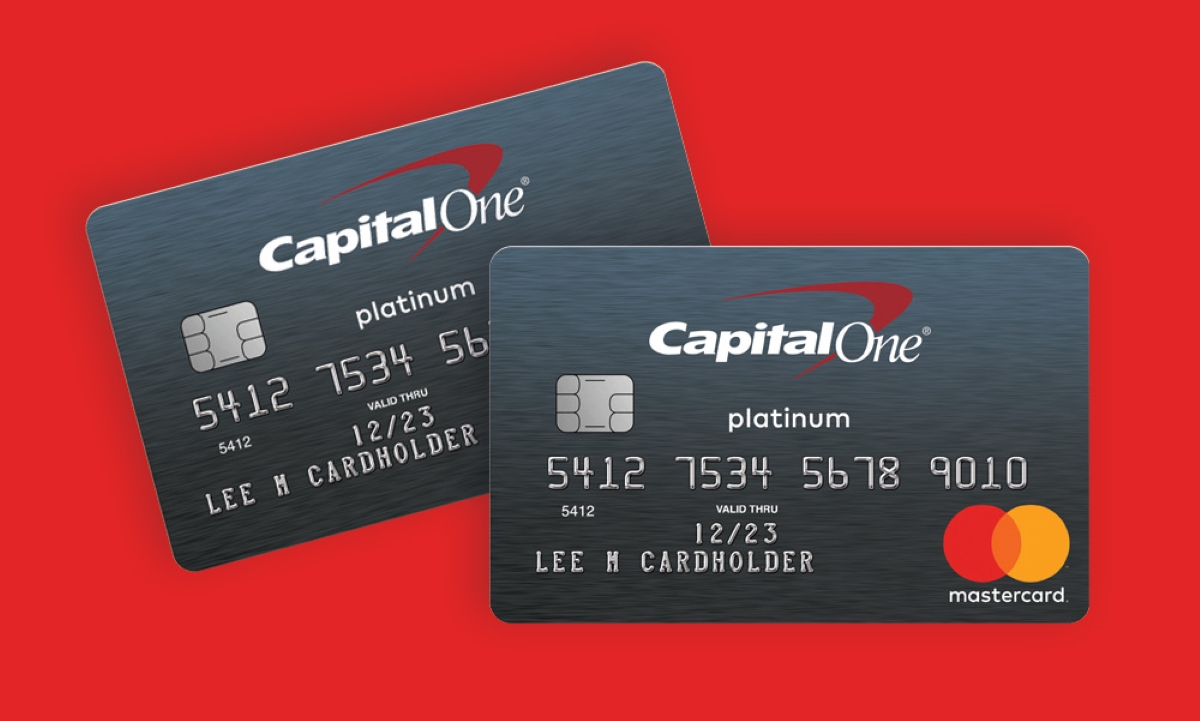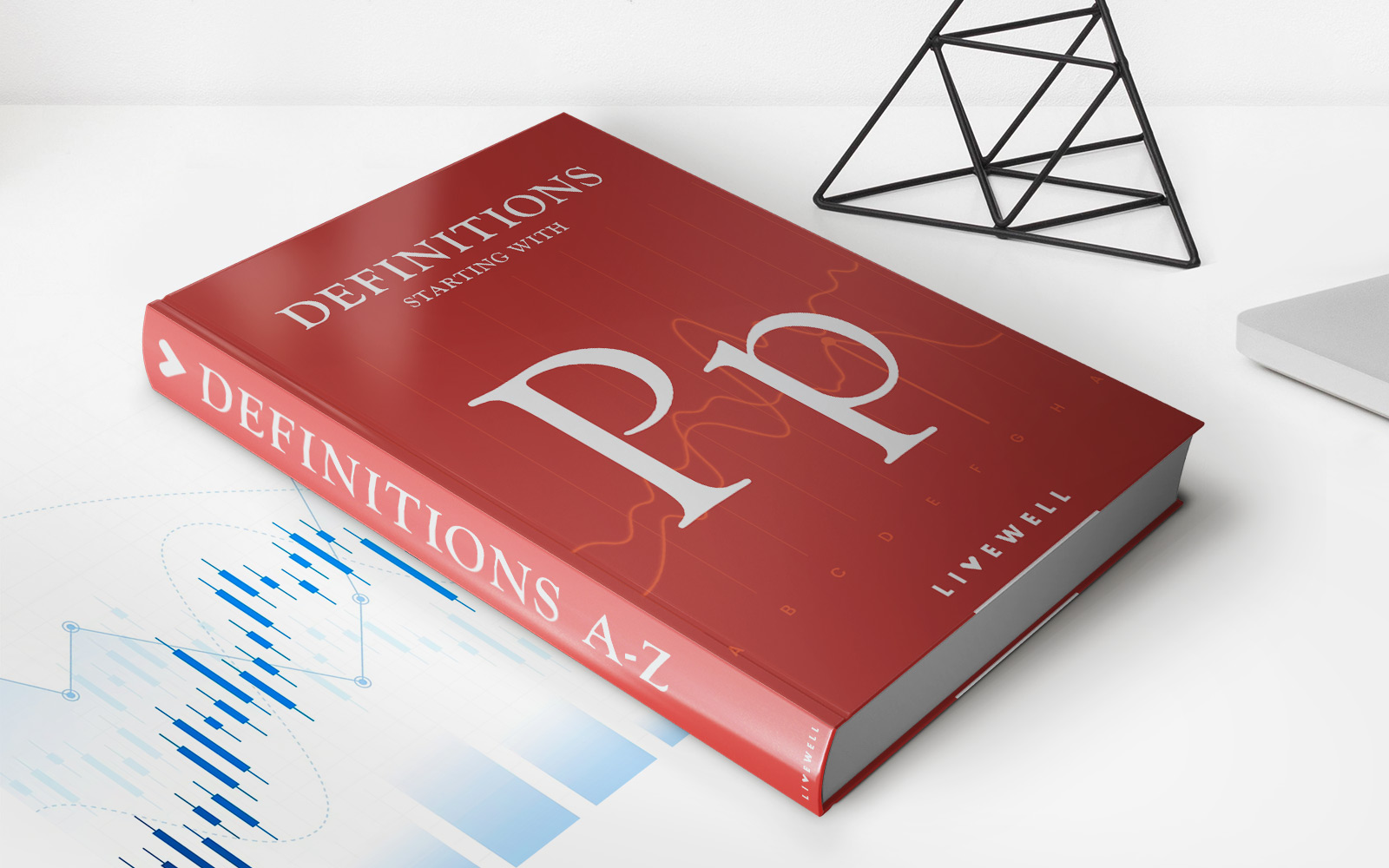Home>Finance>What Is The Minimum Payment On The US Bank Platinum Credit Card


Finance
What Is The Minimum Payment On The US Bank Platinum Credit Card
Published: February 27, 2024
Learn about the minimum payment on the US Bank Platinum Credit Card and manage your finances wisely. Find out more about credit card payments and finance tips.
(Many of the links in this article redirect to a specific reviewed product. Your purchase of these products through affiliate links helps to generate commission for LiveWell, at no extra cost. Learn more)
Table of Contents
Introduction
Navigating the world of credit cards can be both empowering and bewildering. At the heart of this financial tool lies the concept of minimum payments, a crucial aspect that cardholders must comprehend to effectively manage their finances. In this article, we will delve into the intricacies of minimum payments, particularly focusing on the US Bank Platinum Credit Card. By gaining a comprehensive understanding of minimum payments and the specific factors that influence them, cardholders can make informed decisions and take proactive steps to manage their credit card debt responsibly.
Understanding the minimum payment requirements for a credit card is essential for maintaining a healthy financial standing. It is not merely a routine obligation but a strategic element in managing one's credit and overall financial well-being. As we explore the nuances of minimum payments, we will also provide insights into calculating the minimum payment on the US Bank Platinum Credit Card, shedding light on the specific considerations that cardholders need to keep in mind.
By the end of this article, readers will not only grasp the significance of minimum payments but also gain valuable tips for effectively managing them. Whether you are a seasoned credit card user or just beginning to build your credit history, understanding the minimum payment requirements and strategies for managing them can pave the way for a more secure financial future. Let's embark on this enlightening journey to unravel the intricacies of minimum payments and empower ourselves with the knowledge to make sound financial decisions.
Understanding Minimum Payments
Minimum payments on credit cards represent the lowest amount that cardholders must pay each month to maintain their accounts in good standing. While it may seem like a routine financial obligation, understanding the underlying dynamics of minimum payments is crucial for responsible financial management. When cardholders pay only the minimum amount due, they carry the remaining balance forward, incurring interest charges on the unpaid portion. This can lead to a cycle of debt if not managed prudently.
It is essential to recognize that minimum payments are designed to ensure that cardholders make regular, timely contributions towards reducing their outstanding balances. However, paying only the minimum amount can prolong the repayment period and result in significantly higher interest costs over time. Therefore, it is advisable for cardholders to strive to pay more than the minimum whenever possible, thereby accelerating the reduction of their credit card debt and minimizing interest expenses.
Understanding the components of minimum payments is equally important. These typically include a percentage of the outstanding balance, any fees accrued during the billing cycle, and the interest due. By comprehending the factors that contribute to the minimum payment amount, cardholders can gain insight into how their payment obligations are calculated, enabling them to make informed decisions about their financial management strategies.
Moreover, grasping the significance of minimum payments in the context of credit utilization and credit scores is essential. Consistently making at least the minimum payment on time contributes to a positive payment history, which, in turn, can bolster one’s credit score. Conversely, missing minimum payments can lead to derogatory marks on credit reports, potentially diminishing credit scores and impeding access to favorable credit terms in the future.
By understanding the purpose and implications of minimum payments, cardholders can approach their credit card usage with greater insight and prudence. This knowledge empowers them to make informed decisions about their financial well-being, enabling them to navigate the complexities of credit card management with confidence and foresight.
Factors Affecting Minimum Payments
Several key factors influence the calculation of minimum payments on credit cards, shaping the financial obligations that cardholders must fulfill each month. Understanding these factors is essential for cardholders seeking to manage their credit card debt effectively and make informed decisions about their financial commitments. Here are the primary elements that contribute to the determination of minimum payments:
- Outstanding Balance: The outstanding balance on a credit card is a fundamental determinant of the minimum payment. Typically, minimum payments are calculated as a percentage of the total outstanding balance, with a minimum specified amount. As the outstanding balance fluctuates, so does the minimum payment due.
- Interest Rate: The annual percentage rate (APR) associated with the credit card plays a significant role in shaping minimum payments. Higher interest rates lead to increased interest charges on the outstanding balance, consequently elevating the minimum payment amount.
- Fees and Charges: Any fees or charges incurred during the billing cycle, such as late fees or over-limit fees, contribute to the minimum payment amount. These additional expenses augment the total amount due, influencing the minimum payment for the subsequent billing cycle.
- Regulatory Requirements: Financial regulations and credit card industry standards may stipulate specific guidelines for minimum payments. These requirements, often aimed at promoting responsible lending practices, can influence the minimum payment calculation methodology.
By comprehending these factors, cardholders can gain insight into the dynamics of minimum payments and the variables that shape their monthly financial obligations. Moreover, this understanding enables cardholders to anticipate how changes in their credit card usage and outstanding balances can impact their minimum payment amounts, allowing for proactive financial planning and management.
Furthermore, recognizing the interplay between these factors and their cumulative effect on minimum payments empowers cardholders to make strategic decisions regarding their credit card usage and repayment strategies. By staying informed about the elements that influence minimum payments, cardholders can exercise greater control over their financial commitments and work towards managing their credit card debt responsibly.
Calculating Minimum Payment on US Bank Platinum Credit Card
Understanding how the minimum payment is calculated on the US Bank Platinum Credit Card is essential for cardholders to manage their financial obligations effectively. The calculation typically involves a combination of the outstanding balance, fees, and interest charges, subject to specific terms outlined in the cardholder agreement. While the exact methodology may vary, it generally follows a standard formula that accounts for these key components:
- Percentage of Outstanding Balance: The minimum payment on the US Bank Platinum Credit Card is often calculated as a percentage of the outstanding balance. This percentage is usually specified in the cardholder agreement and may vary based on factors such as the cardholder’s creditworthiness and prevailing industry standards.
- Additional Fees and Charges: Any fees or charges incurred during the billing cycle, such as late fees or over-limit fees, are added to the minimum payment calculation. These additional expenses contribute to the total amount due, further influencing the minimum payment for the subsequent billing cycle.
- Interest Charges: The interest accrued on the outstanding balance also factors into the minimum payment calculation. The APR associated with the US Bank Platinum Credit Card determines the interest charges, which are then included in the minimum payment amount.
It is important for US Bank Platinum Credit Card holders to review their cardholder agreement to understand the specific terms and conditions that govern the calculation of minimum payments. By familiarizing themselves with the methodology employed by the issuer, cardholders can anticipate their minimum payment obligations and plan their finances accordingly.
Moreover, staying informed about the factors that contribute to the minimum payment calculation empowers cardholders to make strategic decisions regarding their credit card usage and repayment strategies. By understanding how the minimum payment on the US Bank Platinum Credit Card is determined, cardholders can proactively manage their financial commitments and work towards reducing their credit card debt responsibly.
Tips for Managing Minimum Payments
Effectively managing minimum payments is crucial for maintaining financial stability and mitigating credit card debt. Here are some valuable tips to help cardholders navigate the challenges associated with minimum payments and optimize their financial management strategies:
- Pay More Than the Minimum: Whenever possible, strive to pay more than the minimum amount due. By making additional contributions towards reducing the outstanding balance, cardholders can expedite the repayment process and minimize interest costs over time.
- Create a Budget: Establish a comprehensive budget that prioritizes credit card payments. By allocating specific funds towards paying off credit card debt, cardholders can ensure that minimum payments are made consistently and that additional amounts are contributed whenever feasible.
- Monitor Spending Habits: Keep a close eye on spending patterns and exercise prudence in credit card usage. Avoid accruing unnecessary charges that could escalate the outstanding balance, thereby influencing the minimum payment amount.
- Set Up Payment Reminders: Utilize payment reminders or automatic payment features offered by the credit card issuer to ensure that minimum payments are made on time. Timely payments are instrumental in maintaining a positive payment history and preserving credit scores.
- Seek Financial Assistance if Needed: In cases of financial hardship, consider reaching out to the credit card issuer to explore potential assistance programs. Some issuers offer hardship plans or alternative payment arrangements to support cardholders facing temporary financial challenges.
- Review Terms and Conditions: Regularly review the terms and conditions of the credit card, particularly the specifics related to minimum payments, fees, and interest rates. Staying informed about the contractual terms empowers cardholders to make well-informed decisions about their financial commitments.
By implementing these tips, cardholders can proactively manage their minimum payments and navigate the complexities of credit card debt with greater confidence and control. Responsible financial management, coupled with strategic planning and informed decision-making, can pave the way for a more secure and sustainable financial future.
Conclusion
Understanding the nuances of minimum payments is paramount for individuals utilizing credit cards, as it directly impacts their financial well-being and credit management. This article has shed light on the significance of minimum payments, particularly in the context of the US Bank Platinum Credit Card, and provided valuable insights into the factors influencing minimum payments and strategies for managing them effectively.
By comprehending the dynamics of minimum payments and the various factors that contribute to their calculation, cardholders can approach their credit card usage with greater awareness and foresight. Recognizing the implications of paying only the minimum amount due and the potential long-term consequences of carrying forward balances can empower individuals to make informed decisions about their financial commitments.
Moreover, the tips provided for managing minimum payments offer practical guidance for navigating the challenges associated with credit card debt. From prioritizing payments and monitoring spending habits to seeking assistance when needed, these strategies equip cardholders with the tools to proactively manage their financial obligations and work towards reducing their credit card debt responsibly.
Ultimately, the knowledge and insights gained from this exploration of minimum payments can serve as a valuable foundation for individuals seeking to enhance their financial literacy and make sound financial decisions. By embracing responsible credit card management practices and staying informed about the intricacies of minimum payments, cardholders can pave the way for a more secure and sustainable financial future.
As we conclude this discussion, it is imperative to emphasize the pivotal role of informed decision-making and proactive financial planning in managing credit card debt. By leveraging the knowledge and strategies presented in this article, individuals can navigate the complexities of minimum payments with confidence and prudence, fostering a positive impact on their financial well-being and long-term financial success.














